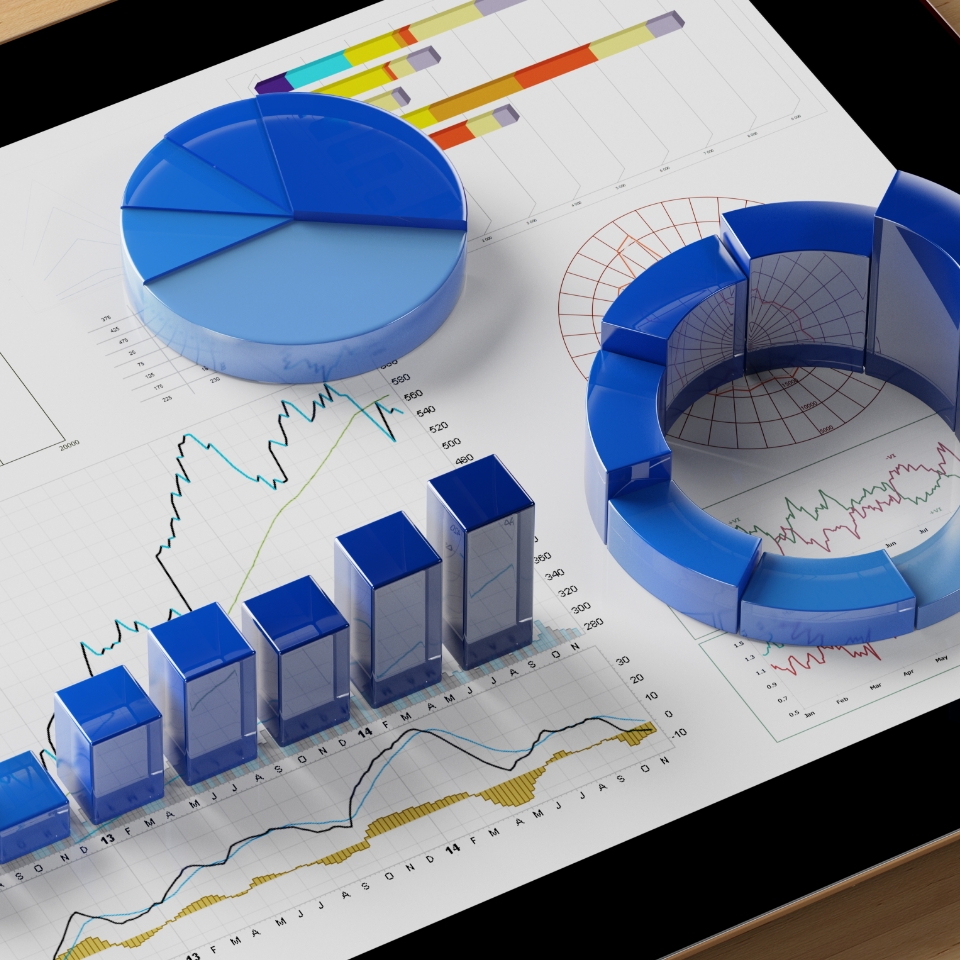Trading-Systems-as-a-Service (TSaaS) bring new benefits to Capital Markets
Nov 26, 2021 by Ihyeeddine Elfeki
Nov 26, 2021 by Ihyeeddine Elfeki

Increasingly, the service-oriented business model is helping banks become more agile and efficient.
They rely on three key approaches: Infrastructure-as-a-Service (IaaS), Platform-as-a-Service (PaaS) and Software-as-a-Service (SaaS).
IaaS provides compute and storage resources on demand. PaaS comprises the hardware and development tools needed to build and deploy cloud applications, while SaaS solutions deliver on-demand business applications.
When it comes to Capital Markets IT, banks face the cost, complexity and increasing time-to-market that comes with owning trading and risk systems. The reality is that none of the three service approaches is capable of resolving these challenges on its own. However, a combined approach can achieve the more ambitious goal of consuming the bank’s entire IT stack as a service and unlocking additional benefits. Here’s what you get:
Lesser complexity: By transferring ownership of their systems to a reliable third party and consuming it as a service, banks can rid themselves of the maintenance and management issues that monopolize their attention, and focus on expanding their business while minimizing capital expenditure.
Quicker time-to-market: The initial investment required to establish a DevOps framework or an automation framework around complex front-to-risk-to-back-office platforms, is usually quite significant. But today, it can be delivered as a native feature of an as-a-Service solution.
Greater security: All the major cloud providers have built strong best practices around data access and security layers. By leveraging these built-in features, the as-a-Service solutions provide banks with high-level security standards at no additional cost.
Better data access and insight: Bank data is typically spread across several systems, so it’s difficult to generate end-to-end reports or develop a holistic view of the business. By consolidating platforms with an as-a-Service solution, banks concentrate their data into a unified cloud architecture, allowing better and more secure access.
Lower cost, increased transparency: Many of these benefits help banks lower the total cost of running systems and operations. More importantly, they provide cost transparency so firms know exactly what they're paying for and can scale up or down to meet business needs.
Faster cost-to-revenue conversion: Instinctively, people might think that bespoke developments are an essential part of meeting the specific requirements of each bank. But the reality is that once the trade is confirmed and booked, the post-trade lifecycle is pretty similar regardless of the underlying business, whether it’s an investment bank, buy-side, sell-side, treasury or commodities business.
The increasing level of standardization enables banks to open their platforms to other banks and financial services organizations, sharing costs and creating new revenue channels.
The execution path of as-a-Service differs from bank to bank, depending on their strategy. That said, there are three key patterns:
To find out more about Trading-Systems-as-a-Service, please get in touch to continue the discussion.
Get in touch with financialservices@luxoft.com and find out how we can help you add business value through improved knowledge management.